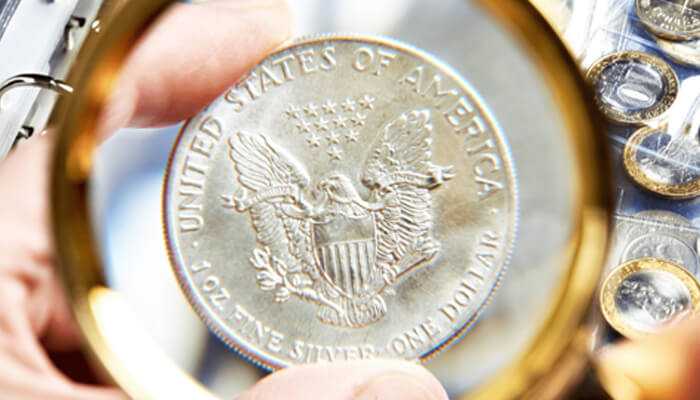Explore the potential of silver in 2024 through Exchange-Traded Funds (ETFs). Our guide highlights top-performing silver ETFs for investment success. Whether you’re experienced or new, understanding silver ETF intricacies can optimize returns.
Additionally, consider direct investment in-stock silver for added opportunities. Both avenues present unique advantages, offering investors diverse ways to leverage the dynamic silver market in 2024.
Understanding Silver ETFs
Silver ETFs provide exposure to silver price movements without owning physical silver. These funds hold silver bullion or futures, trading like stocks on exchanges, offering liquidity and flexibility for investors. Understanding their operation is vital.
Key Factors for Evaluating ETFs
When evaluating silver ETFs, several key factors warrant consideration. These include the fund’s expense ratio, tracking error, liquidity, trading volume, and the methodology used to track the price of silver. Additionally, investors should assess the fund’s historical performance, management team, and regulatory oversight. By carefully evaluating these factors, investors can make informed decisions about which silver ETFs align best with their investment objectives and risk tolerance.
Performance Metrics to Consider
When assessing the performance of silver ETFs, several metrics can provide valuable insights. These include the fund’s historical returns, volatility, Sharpe ratio, and correlation with the price of silver. Investors should also examine how the ETF has performed relative to its benchmark index and peer group. By analyzing these performance metrics, investors can gauge the risk-adjusted returns and consistency of a silver ETF, helping them make more informed investment decisions.
Top Silver ETF Picks
Selecting the right silver ETFs can be a daunting task given the multitude of options available. However, several funds stand out for their strong performance, low expenses, and robust liquidity. These top picks may include well-established ETFs with a track record of closely tracking the price of silver and providing competitive returns. Additionally, investors may consider factors such as fund size, trading volume, and underlying holdings when evaluating top silver ETF picks for their portfolios.
Diversification Strategies
Diversification is a fundamental principle of portfolio management aimed at reducing risk by investing in a variety of assets. When incorporating silver ETFs into a diversified portfolio, investors should consider their correlation with other asset classes, such as stocks, bonds, and gold. By diversifying across uncorrelated or negatively correlated assets, investors can potentially mitigate portfolio volatility and enhance risk-adjusted returns. Silver ETFs can serve as a valuable diversification tool, providing exposure to an asset class with unique risk and return characteristics.
Risk Management Techniques
Managing risk is essential for preserving capital and achieving long-term investment success. When investing in silver ETFs, investors should employ various risk management techniques to mitigate downside risk and protect their portfolios. These may include setting stop-loss orders, diversifying across multiple ETFs, using hedging strategies, and maintaining a disciplined investment approach. Additionally, investors should stay informed about macroeconomic factors, geopolitical events, and market sentiment that could impact the price of silver and ETF performance.
Building Your Silver Investment Portfolio
Building a balanced investment portfolio involves evaluating risk tolerance, goals, and market conditions. When incorporating silver ETFs, assess exposure to equities, fixed income, and alternatives, and adjust allocations accordingly for diversification and resilience.



